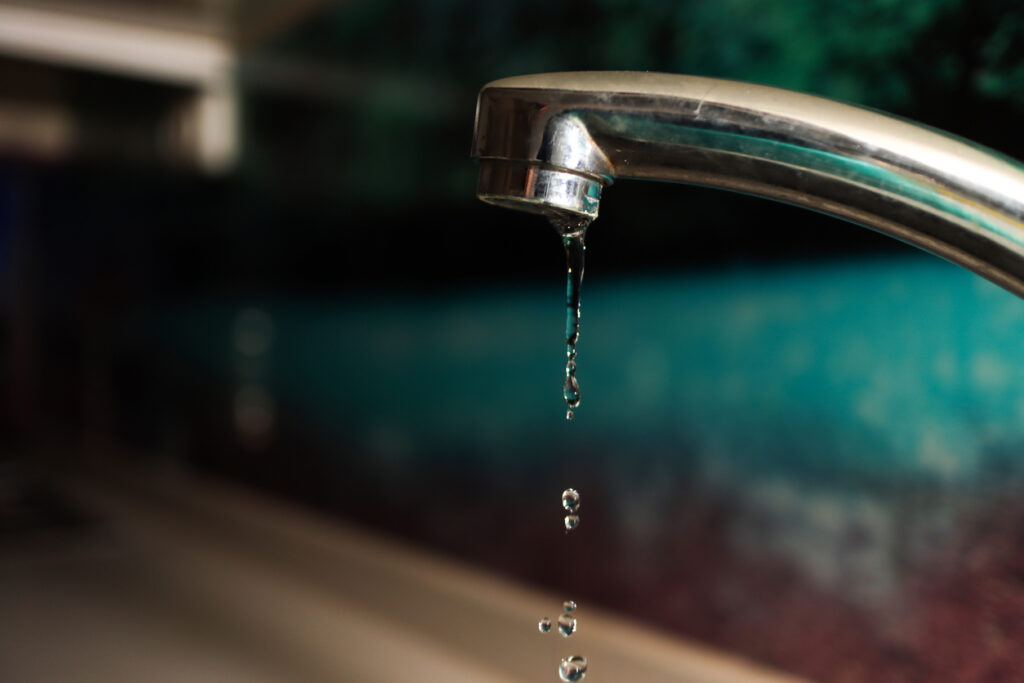What Areas of Camp Lejeune Were Contaminated?

Two water supply systems served the U.S. Marine Corps’ Camp Lejeune in North Carolina in the early 1980s. These systems were found to be contaminated with the industrial solvents trichloroethylene (TCE) and perchloroethylene (PCE). Because of exposure to this contaminated water, many people serving, living, or working on the base have developed various types of cancer and other serious illnesses. While it was not until 1982 that the Marine Corps discovered these potentially fatal contaminants in the drinking water, it took five more years before all contaminated wells were removed.
If you qualify, a Camp Lejeune water lawsuit can help provide the necessary care you or your family need to combat cancer and other diseases relating to this toxic exposure.
Tarawa Terrace Water System
The Tarawa Terrace water treatment system served much of Camp Lejeune, including:
- Enlisted-family housing
- Barracks for unmarried service personnel
- Base administrative offices, schools
- Recreational areas
PCE was the primary contaminant in the Tarawa Terrace system. The chemical was used by the ABC One-Hour Cleaners, an off-base dry cleaner. Due to spills and improper disposal practices by the dry cleaner, the groundwater became contaminated with PCE. The dry cleaner began operations in 1953, and it is likely contamination started not long afterward.
The dry cleaner was far from the only source of on-base contamination on the Tarawa Terrace system, but it had the greatest impact.
Hadnot Point Water System
In addition to serving the same entities as the Tarawa Terrace system, the Hadnot Point water treatment plant also served the base hospital and an industrial area. It supplied water to housing on the Holcomb Boulevard water system full-time until 1972, and periodically thereafter.
The contamination of Hadnot Point was more complicated than that of Tarawa Terrace. There were multiple sources and multiple contaminants involved. TCE was the primary culprit, and sources ranged from on-base spills at industrial sites as well as leaks from underground storage tanks and drums at dumps and storage lots. While Hadnot Point began operations in 1943, it is not clear when the contamination started.
Affected sites include:
- An industrial area
- A drum dump, a transformer storage lot
- An industrial fly-ash dump
- An open storage pit
- A former fire training area
- The site of a former on-base dry cleaner
- A liquid-disposal area
- A former burn dump
- A fuel-tank sludge area
- The site of the original base dump
Along with TCE, many other chemicals had the potential for water supply contamination, given the nature of activities at sites near the supply wells.
Other potentially dangerous chemicals measured in the water supply included:
- PCE
- Vinyl chloride
- 1,1-DCE
- 1,2-DCE
- Methylene chloride
- Benzene
- Toluene
Contact a Camp Lejeune Water Contamination Attorney
If you or someone you know was stationed or lived or worked at Camp Lejeune between August 1, 1953, and December 31, 1987, and diagnosed with cancer or another serious illness, the New York Personal Injury lawyers at Douglas and London can help.
Contact us today to schedule a free, no-obligation consultation. After evaluating your case, we will let you know if you are eligible. If so, we may be able to negotiate a settlement so that you or affected family members may receive compensation for medical treatment and more. If a settlement is not reached, we are ready and able to litigate your case.

